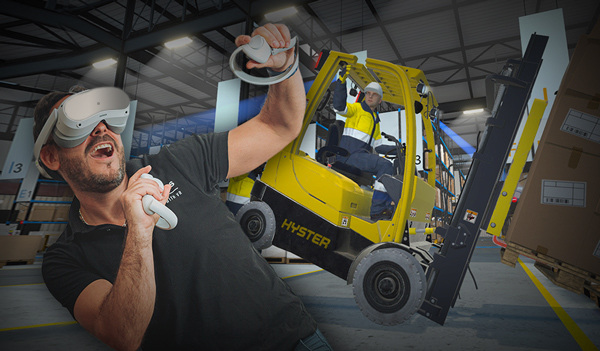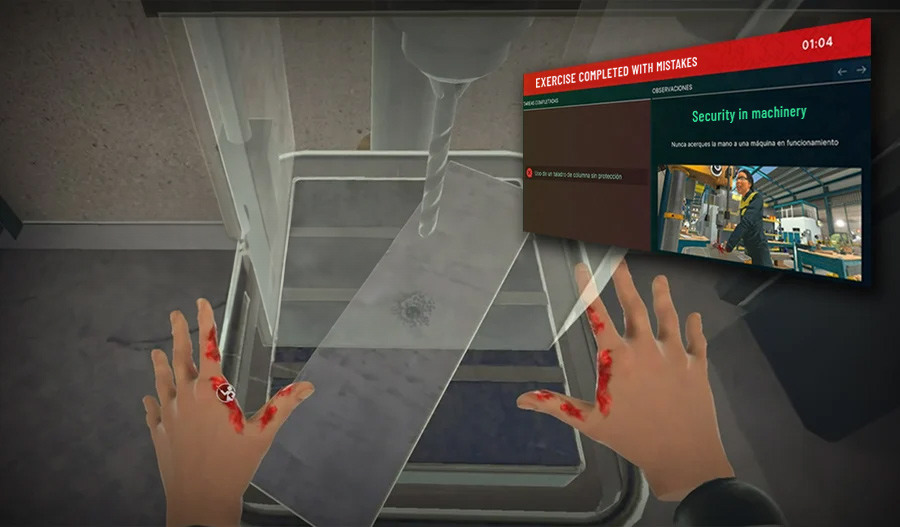In performing cardiopulmonary resuscitation (CPR), rhythm and depth of compressions are crucial, but so is the full protocol. One essential step is calling Emergency Services right after detecting a victim in cardiac arrest. However, Ludus' 2023 data reveals that in 58% of CPR training sessions conducted with Ludus’ virtual reality (VR) simulation, participants neglected this critical step.
VR technology makes CPR training accessible to more people, breaking down learning barriers like low confidence and realism.
The VR simulation provides a first-person experience, immersing trainees in realistic emergency situations with dynamic factors—from different environments to using an automated external defibrillator (AED). Trainers can also increase stress by simulating bystanders interrupting.

Since VR places trainees in realistic scenarios, it requires them to follow the entire protocol. After confirming the victim's unconsciousness and lack of breathing, calling Emergency Services is vital to summon advanced medical help promptly.
Ludus' CPR simulation statistics for 2023
Ludus’ CPR simulation achieved notable engagement in 2023:
- 7,359 training sessions, averaging 613 per month
- 1,184 total hours of use, averaging about 100 hours monthly
- Average session duration of 6 minutes
Common Errors Observed
Failure to Call Emergency Services
Failure to Call Emergency Services
A significant oversight, 58.3% of participants forgot to call for help in 4,290 sessions. This critical step ensures timely emergency medical services, essential in real-life scenarios to sustain the victim’s survival.
Not Using an AED
This was the second most common mistake, with 52.11% of participants (3,835 cases) skipping this step. Training on AED use is crucial, as it can significantly aid in resuscitation.
Skipping Initial Checks
Another common error was not checking the victim’s consciousness—3,033 participants missed this initial step.
Additionally, 2,327 did not verify breathing, which is fundamental after confirming unresponsiveness.
For breathing checks, opening the airway through the chin-lift technique is essential. However, 46.9% (3,454 participants) neglected to perform this step.
Compression Errors
In-depth feedback on compression rhythm and depth is a unique advantage of Ludus’ VR tool. Data showed that 46.4% (3,454 participants) struggled with compression depth, while 986 had issues with rhythm.

Music such as "Stayin' Alive" or "Macarena" has been used to help with rhythm, but depth remains challenging.
Real-time feedback assists trainees in correcting compression depth, reinforcing muscle memory for accurate technique.
Ultimately, calling Emergency Services before beginning compressions can mean the difference between life and death.
While Ludus doesn’t provide CPR training itself, it offers a valuable tool for enhancing CPR education.
---------------------------------------------------------------------------
Would you like to implement Ludus Virtual Reality in your health and safety training?
Fill out this form to receive information about the options best suited to your company's needs.





















